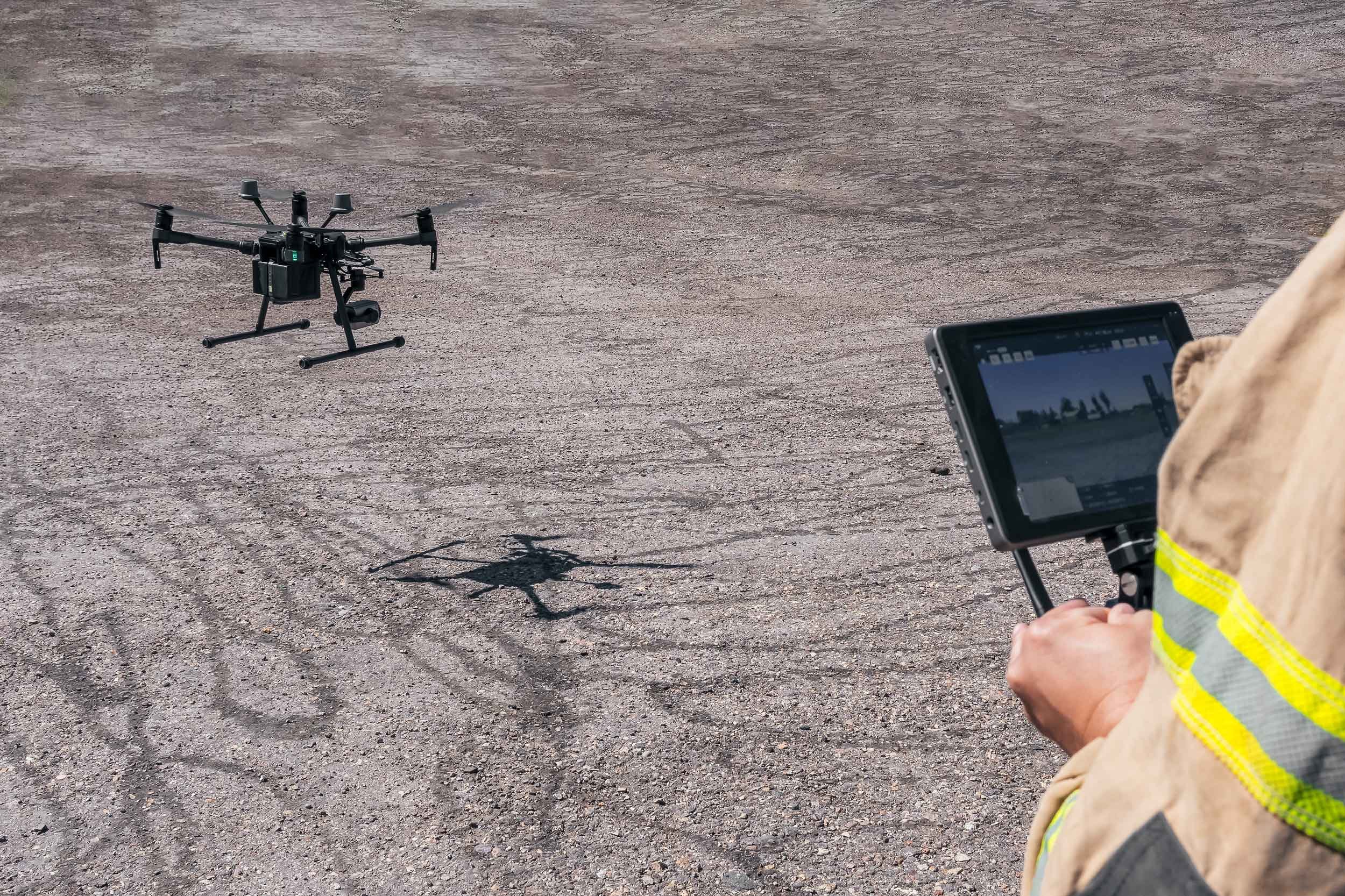SERVICES
Photogrammetry
the process of measuring and interpreting features from photographs—typically aerial or satellite images—to create maps, 3D models, and spatial data. It involves capturing multiple overlapping images of an object, terrain, or structure from different angles and using mathematical algorithms to reconstruct geometry, distances, and spatial relationships.
Thermography
is a non-contact imaging technique that detects and visualizes the heat (infrared radiation) emitted by objects. It is widely used for inspection, monitoring, and diagnostic purposes across sectors such as engineering, medicine, agriculture, and security.
Multi-Spectral
is a remote sensing technique that captures image data at specific, discrete wavelengths across the electromagnetic spectrum—typically including visible, near-infrared (NIR), and shortwave infrared (SWIR) bands. It is widely used in agriculture, environmental monitoring, resource management, and archaeology.
Lidar
(Light Detection and Ranging) is a remote sensing technology that uses laser light to measure distances to the Earth's surface. It produces highly accurate 3D models of terrain, vegetation, and structures, making it essential in fields like surveying, forestry, engineering, archaeology, and autonomous navigation.
Data Management & Project Storage
refers to the systematic organization, storage, and handling of geospatial and remote sensing data throughout a project lifecycle. It ensures data integrity, accessibility, scalability, and security—especially important in workflows involving large datasets from LiDAR, photogrammetry, multispectral, or thermal sensors.











